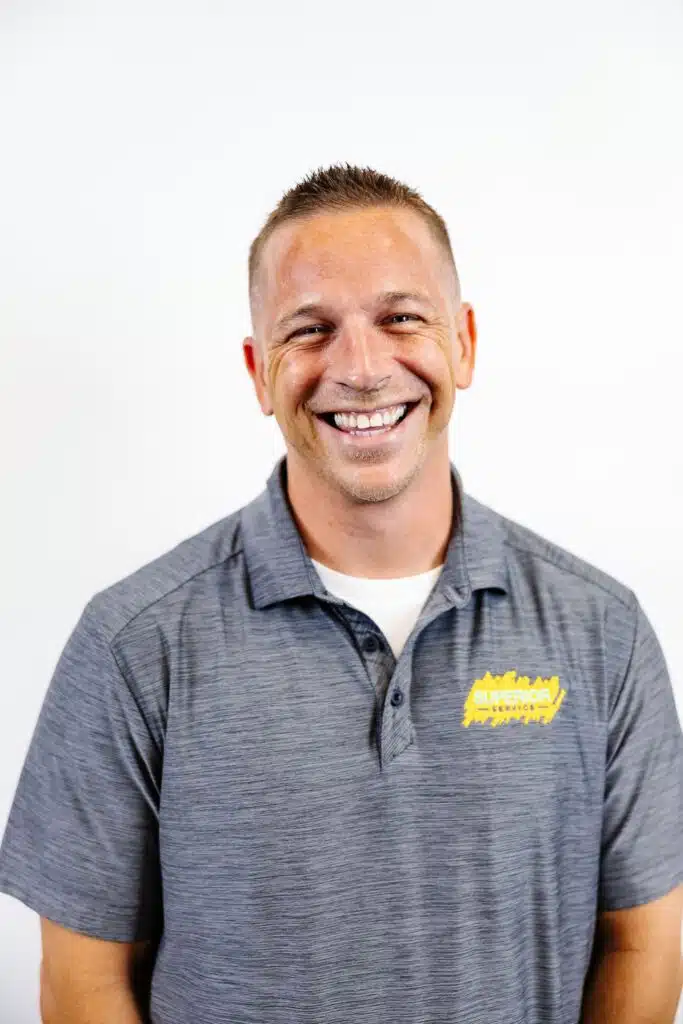How the Furnace Safety Switch Protects Your Home
Imagine the relief of coming in from a bitter St. Louis winter, knowing your furnace delivers steady heat without question. Behind the scenes, invisible to you, a critical part called the furnace safety switch watches over your family. It’s one of those parts you rarely think about until something goes wrong, yet it’s essential for a safe, comfortable home. Let’s break down how this tiny device keeps everything running smoothly, without confusing technical jargon.
What is a Furnace Safety Switch and Why Does It Matter?
A furnace safety switch acts like a referee for your heating system. Its job is to sense trouble, then stop the furnace before bigger problems set in. If you ignore this little guard, you risk breakdowns, fires, dangerous gas leaks, or even exposure to carbon monoxide. So how does it work, and why does it matter so much?
There isn’t just one type of furnace safety switch. You’ll find a few key players:
- Limit switch (and high limit switch): Senses if your furnace is too hot inside. It will turn off the burners to stop overheating.
- Pressure switch: Detects if there’s proper air pressure for safe operation. If the air pressure is low, it cuts the furnace off.
- Rollout switch: Stops your system if flames “roll out” where they shouldn’t, like into the metal shell of your furnace.
- Flame sensor: Checks if there’s a real flame present when the gas valve opens.
- Door switch: Prevents the furnace from running when the access panel is open.
All these switches are wired together to prevent dangerous conditions. They tell the furnace to shut down instantly if something is wrong with airflow, the combustion chamber, or the heat exchanger.
A limit switch, for example, might trip if your air filter gets clogged and the furnace starts to overheat. If that happens, you might suddenly get cold air instead of warm. For a closer look at how this plays out, check out the section on no heat from vents when the furnace runs.
How Furnace Safety Switches Work and Signs of Trouble
Think of furnace safety switches as a network of guards standing sentry over each part of your system. The limit switch monitors the heat exchanger and plenum, which is the spot where things can overheat if airflow is blocked by a dirty furnace filter or a failing blower fan. When it senses a temperature spike, the switch cuts the burners until things cool down. Pressure switches, meanwhile, make sure there’s enough airflow from your fan through the exhaust. If something isn’t right, like a blocked vent, the switch tells the control board to shut off the flames.
The flame sensor is like a bouncer for your gas furnace. No flame when the gas is on? The sensor keeps the gas valve closed to stop unburned fuel from filling your home. The rollout switch shuts everything down if flames break out of the usual combustion chamber area.
Signs Your Safety Switch Has a Problem
You’ll usually spot furnace safety switch issues through these symptoms:
- Furnace turns on and off repeatedly, never heating the house (short cycling)
- The furnace blows cold air or shuts off before reaching the thermostat’s setting
- You hear a clicking or rapid cycling noise from the furnace
- Carbon monoxide detector trips or you smell something “off,” like sulfur
A failed high limit switch or flame sensor means your furnace can’t protect itself from overheating, gas buildup, or malfunctions. Since these switches are hardwired into the safety of your home’s HVAC system, don’t try to bypass or reset them on your own.
Regular maintenance is the easiest way to avoid problems. An HVAC technician can clean, adjust, and test each safety feature during an annual tune-up. If your heat exchanger cracks, for example, that can also trigger shutdowns. Learn more about these situations on our blog, which covers cracked heat exchanger warnings and steps.
Neglected switches can fail due to dust, soot, or old age. When that happens, your comfort and safety are at risk. Check with a professional for regular inspections as part of responsible furnace maintenance.
FAQs: Common Questions About Furnace Safety Switches

Scott – HVAC Project Manager
Reviewed by Scott, Bryant-Certified HVAC Project Manager – 17 Years of Experience
Scott brings 17 years of HVAC experience to his role as Project Manager at Superior Service. He is Bryant Certified and specializes in designing and overseeing heating and cooling solutions that keep homes efficient and comfortable year-round. Customers appreciate Scott’s ability to guide projects smoothly from start to finish.
Contact Superior Service
Furnace safety switches might be out of sight, but they’re your home’s first and best defense against serious furnace problems. From cracked heat exchangers to overheating and dangerous gas leaks, these simple devices help keep you and your family safe year-round.
If you have trouble with your furnace limit switch, flame sensor, or any safety feature in your heating system, reach out to the experts at Superior Service. From inspections to repairs, our HVAC professionals are ready to answer questions and bring reliable, comfortable heat back to your home. Don’t gamble with furnace safety! Schedule your maintenance, and enjoy peace of mind all winter long.
For further reading about common symptoms and troubleshooting steps for winter furnace outages, see common furnace problems in cold weather.
"*" indicates required fields





